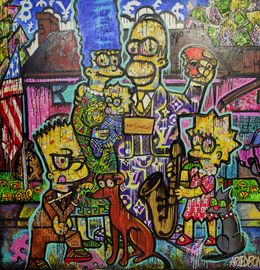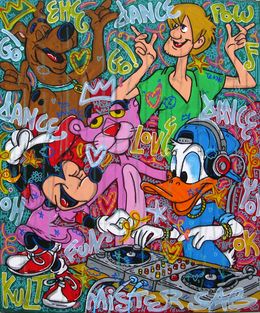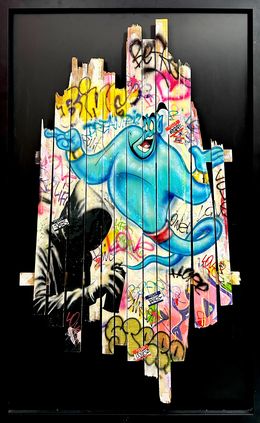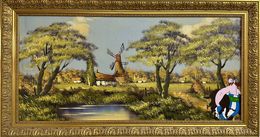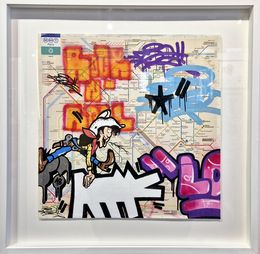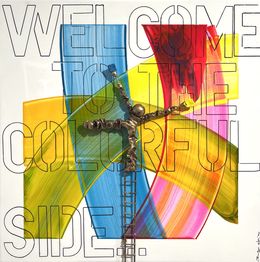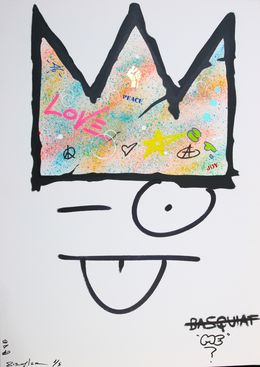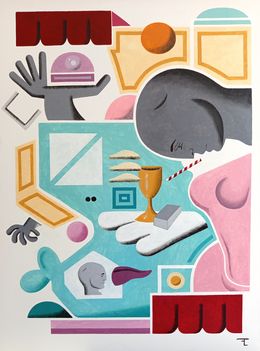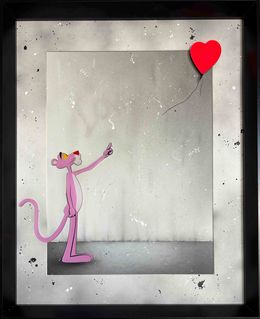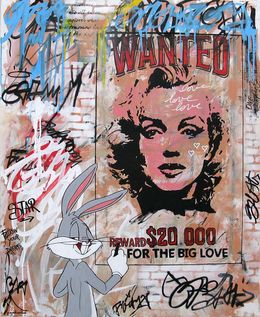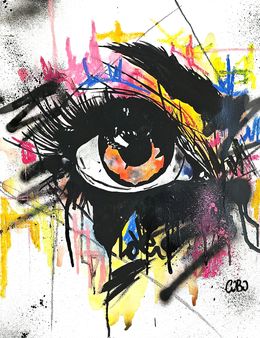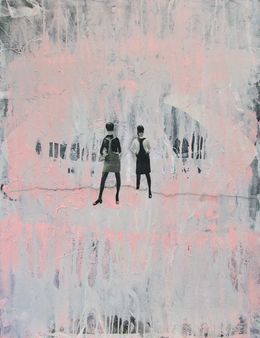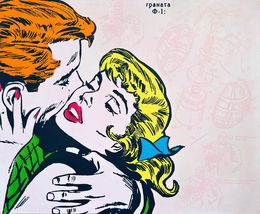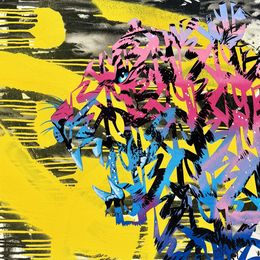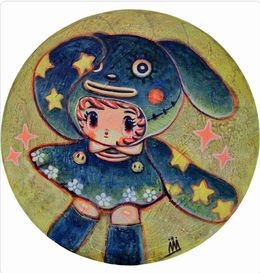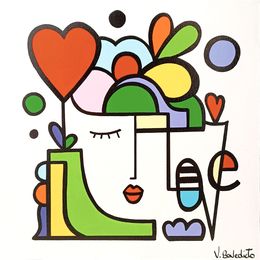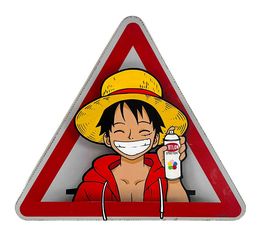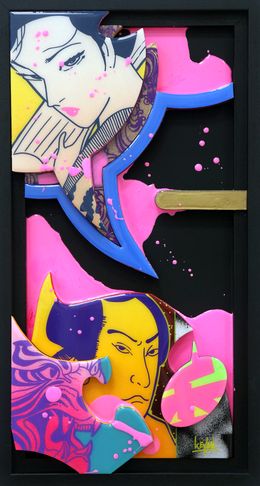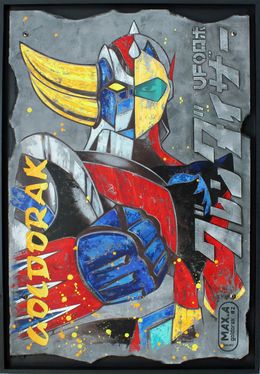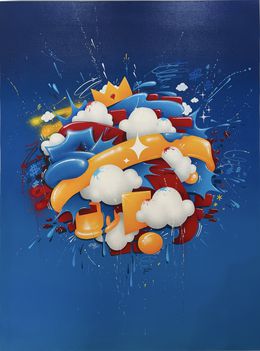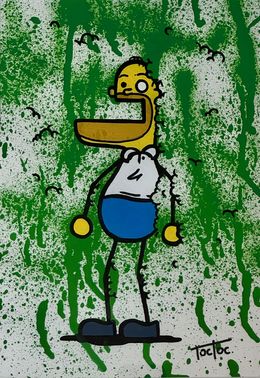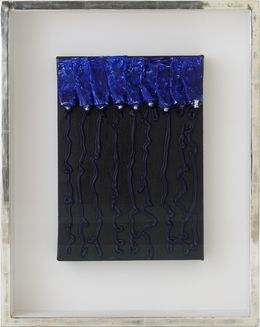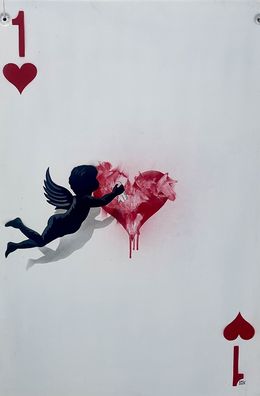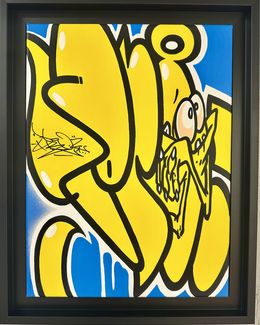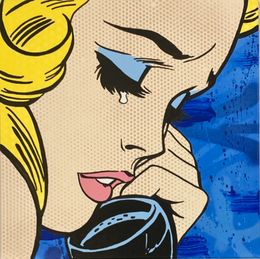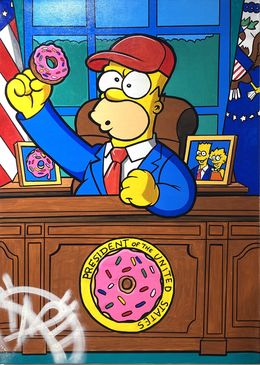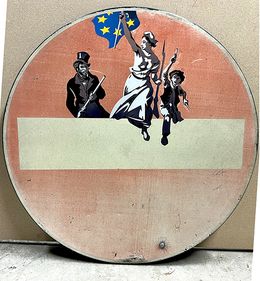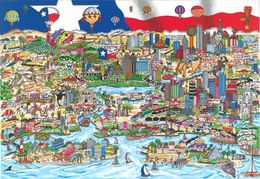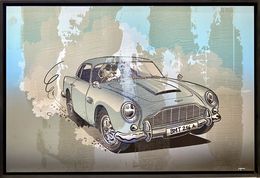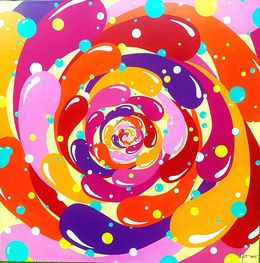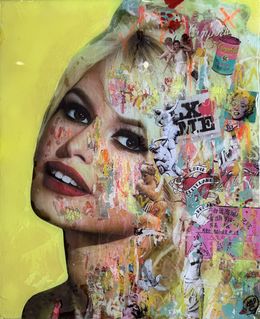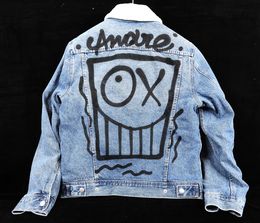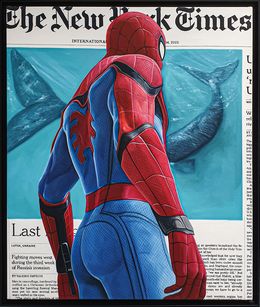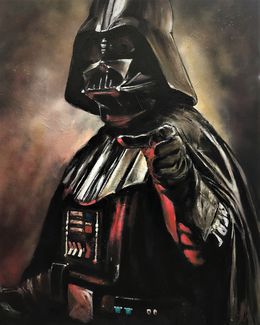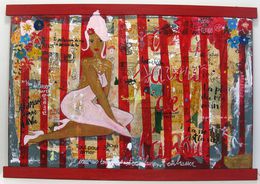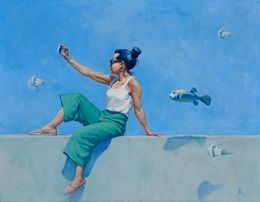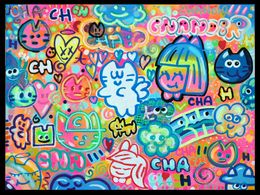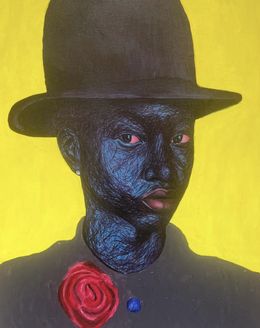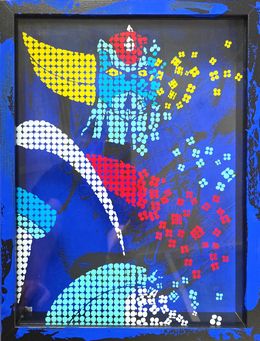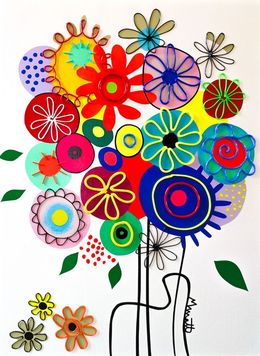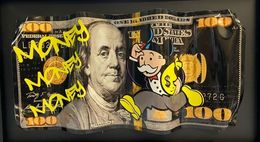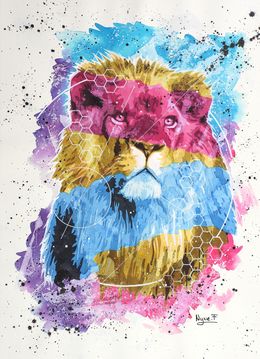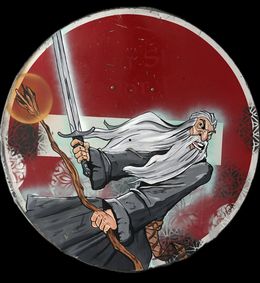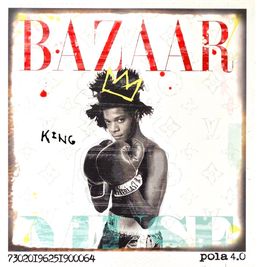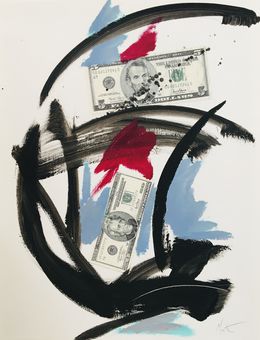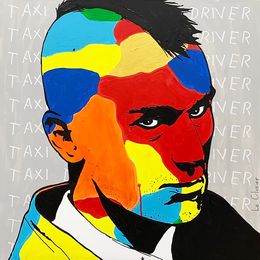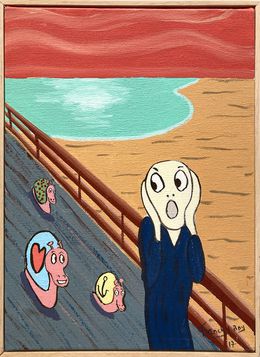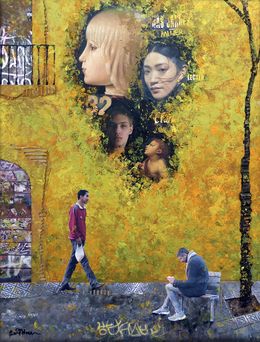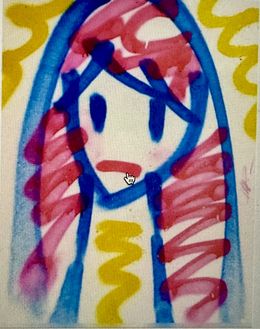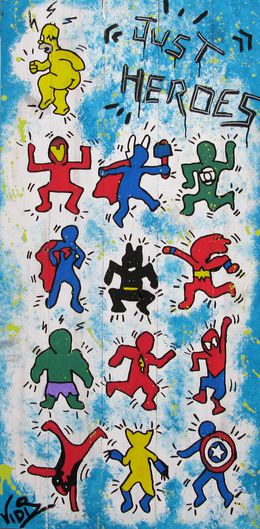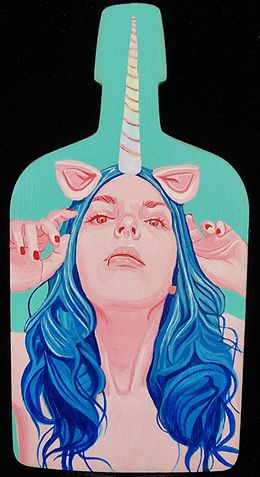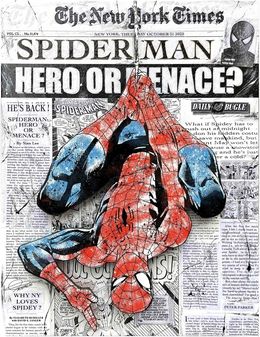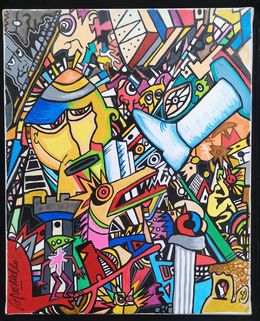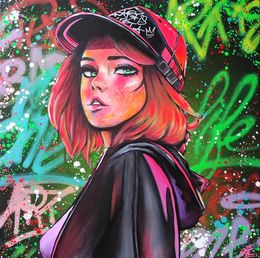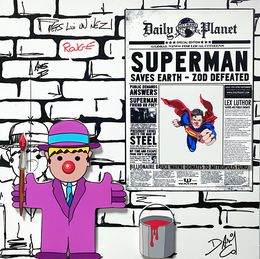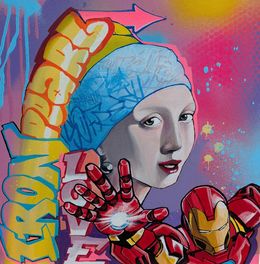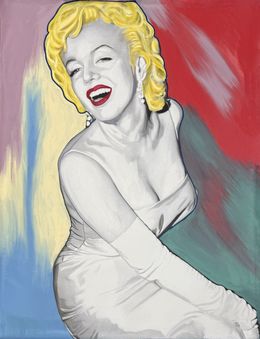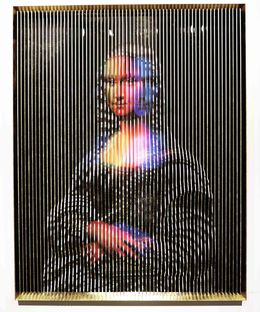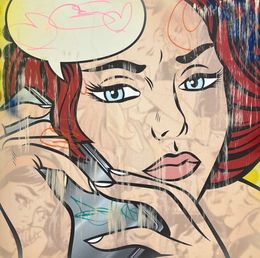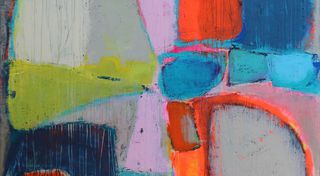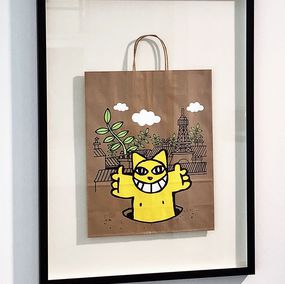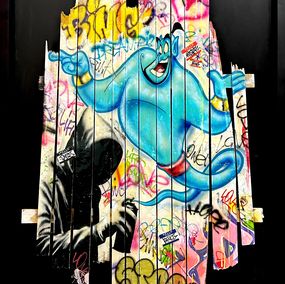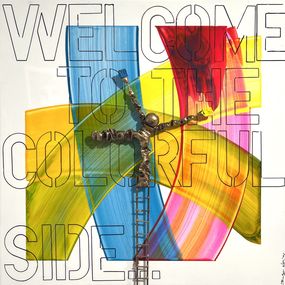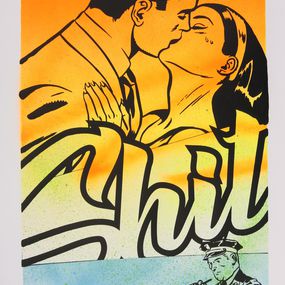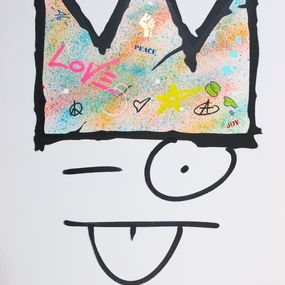
Pop Art Painting for Sale
Pop Art, derived from “popular art," is a movement that emerged in the UK in the 1950s before gaining global recognition. This influential artistic movement has shaped visual arts, music, and fashion, with Pop Art painting standing out as one of the most recognizable and sought-after styles in contemporary art. Characterized by bold colors, mass-produced imagery, and references to consumer culture, Pop Art remains a defining force in modern artistic expression.
Acrylic painting played a crucial role in the evolution of Pop Art. Unlike traditional oil paint, acrylic dries rapidly, eliminates the need for varnish, and offers exceptional durability. Many Pop Art artists embraced this modern medium for its versatility and vibrant finish, making it ideal for large-scale paintings and high-contrast compositions. Another major innovation that fueled the movement's success was silk screen printing, a stencil-based technique allowing artists to create multiple prints of the same image. This method, often used in American Pop Art, enabled the production of iconic series that transformed everyday objects into artistic masterpieces.
Andy Warhol and Roy Lichtenstein revolutionized Pop Art by adopting industrial production techniques and integrating mass culture into their work. Warhol's Campbell's soup cans and Marilyn Monroe portraits, alongside Lichtenstein's comic strip-inspired paintings, redefined contemporary art. Their approach challenged traditional artistic values, proving that an artwork's significance could extend beyond uniqueness to mass appeal and cultural commentary.
American Pop Art rejected classical artistic traditions in favor of themes drawn from consumer society. The movement embraced popular, ordinary subjects such as Coca-Cola bottles, Hollywood celebrities, and comic book characters, using these symbols to critique mass production and media influence. The characteristic use of primary colors—red, yellow, and blue—further amplified the movement's bold, eye-catching aesthetic. These vibrant hues, combined with simple lines and minimalistic details, gave rise to kitsch Pop Art paintings that remain highly collectible today.
Much like the avant-garde ideas of Marcel Duchamp and the Dada movement, Pop Art sought to desacralize art and make it accessible to a wider audience. The movement's philosophy emphasized the power of images and the fetishization of consumer goods, transforming advertisements, logos, and celebrity culture into artistic statements. However, by the 1970s, many Pop Art pioneers moved toward other protest movements, shifting their artistic focus to new experimental styles.
Today, Pop Art continues to thrive, influencing contemporary artists who reinterpret its themes with modern techniques. On Artsper, collectors can discover a wide selection of Pop Art paintings, from established masters to emerging talents. The legacy of Pop Art is carried forward by celebrated artists such as James Rosenquist, David Salle, Jasper Johns, Andy Warhol, Tom Wesselmann, and David Hockney. Whether looking for an iconic Pop Art print or a contemporary painting inspired by the movement, Pop Art remains an essential and dynamic genre in the art world.
Save your search and find it in your favorites
Save your search to find it quickly
Saved search
Your search is accessible from the favorites tab > My favorite searches
Unsaved search
A problem occurred
